The air was chill but the rising sun surprisingly bright as we reached Stonehenge at a much-too-early hour when any sensible person would have still been in bed. Everything around us was still; no coaches, no crowds, not even an open gift shop. This was Stonehenge as you imagine it to be, standing alone in the Wiltshire landscape as if the builders had abandoned the stone circle for us alone to find.
But sadly the Stonehenge experience isn’t always like this. A couple of years ago I had visited with my blogging friend Barbara – she wrote about our day here. Although we were lucky enough to be first in the queue as Stonehenge opened and had the monument to our self for a brief 5 minutes, it wasn’t long before the perimeter of the circle was flooded with other visitors. This is one of the major tourist tick list sites and a convenient coach tour destination for day trips from London, so by the time we left, the experience was far from magical.
On a typical visit to Stonehenge you can skirt around the stones and photograph them from a distance, but without walking among them. This time our early morning tour allowed us to walk into the circle and hear our guide tell us all about the stones and the stories and myths that surround them. But first a warning; don’t touch the stones, don’t kiss the stones, don’t hug the stones, don’t lick the stones!
Those of us who visited Stonehenge as children will remember that this was once an open monument where you could walk among, sit upon and even picnic by these stones, but these days they are now treated with almost religious care for their preservation.
The stone circle was a masterpiece of engineering with the sarsens weighing up to 50 tons being brought on rollers from the Marlborough downs and the smaller blue stones used in the inner circle being brought by river from the Preseli Hills 150 miles away in Wales. The lintels that sit balanced on the top of the larger stones are held in place with interlocking joints and were slightly curved to make the circle – you can see the bulge on top of some of the stones and the hole on others that have fallen.
While it is clear that Stonehenge was built to be aligned with the sun and is part of a wider landscape of other stone circles and burial barrows, no-one really knows why it was built or exactly how it was used. Our guide Pat confided that Stonehenge is believed to have been built for ceremonial and ritual purpose which is archaeological code for ‘we’ve absolutely no idea!’
If you’d like to visit on a special sunrise or sunset tour of Stonehenge that will enable you to have that magical experience without the crowds, you need to plan well ahead. The early morning visit including access to the stone circle can be requested in advance at a cost of £30 per person via the Stonehenge website (this does not include a guided tour or even an audio guide) but guides like Pat Shelley also offer the special tour including transport from Salisbury and a guide for £98 per person.
Twice a year you can walk within the stone circle during the winter and summer solstice but you will still be sharing the experience with thousands of other visitors. The normal entry price is £14.50 and is bookable in advance, by timed entry. A free audio-tour is available for download on iTunes here.
While you’re in the area there is plenty more to visit, so here are a few more things to do near Stonehenge, if you decide to stay for a day or more in nearby Salisbury while you explore the surrounding area.
Silbury Hill
On the road from Stonehenge to Avebury you will pass Silbury Hill, which at 40m high is the largest man-made chalk mound of its kind in Europe. The flat topped cone shape is too regular to be natural, yet no-one knows why it was constructed and no burial chambers have been discovered.
There’s no public access to the base or top of the hill but on the opposite side of the road you can walk up the hill to West Kennet Barrow. This Neolithic long barrow or burial mound has a stone chamber at one end that you can enter and you are free to walk along the top of the barrow, with the wind blowing in your hair.
A more personal experience of the stones at Avebury
If you were disappointed at having to share Stonehenge with crowds of other visitors, I recommend that you drive 40 minutes north to Avebury, a larger site of standing stones that is also managed by English Heritage. Visiting Avebury is a much more personal experience and while the individual stones are not as impressive as Stonehenge, you can wander among them, touch them and hug them at will.
The stones are well spaced out, making large stone circles across the landscape and a village has grown up in the midst of them, making for a pleasant visit, since you can wander freely around the stones, banks and ditches and then finish off with an excellent pub lunch at the Red Lion.
Salisbury Cathedral
The beautiful cathedral is as much a living place of worship and community as a tourist attraction, and the spire can be seen for miles around as you approach the city from any direction. If you are spiritually inclined I’d recommend attending evensong or the Sunday morning service to hear the beautiful music and choral singing. The cathedral has undergone a major repair programme over recent years but you won’t find a crypt or hear a peal of bells here, since the cathedral is built on shallow foundations due to the high water table and too much vibration could make it unstable.
A perfect photography spot can be found from the footpath that runs in between the water meadows, leading to the Mill House Hotel at Harnham a pub and restaurant where we had supper, in a 15th century building with a garden, with views of the river and mill pond.
800 years of Magna Carta
In the chapter house of Salisbury cathedral you can see the best preserved of the four original copies of Magna Carta, sealed in 1215 by King John in an agreement to preserve the constitutional rights of his nobility. The ‘Great Charter’ guarantees certain rights, including the right to a free trial and copies were sent around the kingdom after King John made peace with his barons at Runnymede, to ensure he didn’t change his mind (which of course he did).
The interactive exhibition has been created within the Chapter House to commemorate the 800 year celebrations with films and displays about the charter’s history and volunteer guides on hand to explain everything. Within a darkened enclosure, you can see the actual Magna Carta, written on vellum and with the mark where the seal would once have been, which signified the king’s approval.
Salisbury Cathedral Close
The cathedral is enclosed in a grassy close of 80 acres, surrounded by the houses that were constructed in the middle ages to house the clergy but have since been enlarged and beautified with grand Georgian facades. The houses, walls and gatehouses form a barrier that was designed to separate town from gown in troubled times – normally when the church was charging to local people too much in taxes.
There’s plenty to see within the close including Mompesson House, an elegant Queen Anne style town house that is open through the National Trust, The Rifles (Berkshire & Wiltshire) Museum that tells the story of the County infantry regiments and the Salisbury Museum that houses local archaeological collections found in the area.
Visit Arundells, home of Sir Edward Heath
While you’re in the Salisbury Cathedral Close, be sure to visit Arundells, the former home of British Prime Minister, Sir Edward Heath who lived here from 1985 until his death in 2005. The Grade 1 listed house has all those ingredients that make a perfect country gentleman’s residence; the gravelled courtyard with wrought iron gates, the honey stone Georgian frontage and the gardens leading down to the river.
Inside the house is preserved as it was when Sir Edward lived there and reflects the passions of his later years. In the hall you’ll see models of his yacht, Morning Cloud and he described the rich man’s sport of ocean racing as “like standing under a cold shower tearing up £5 notes.”
In the sitting room is a grand piano which visitors are invited to play, covered with silver framed photos of the great and the good, while the terracotta formal dining room, filled with Chinese artworks, saw many a Sunday lunch with everyone from pop stars to royalty.
As you walk up the stairs you’ll admire the hand painted wallpaper depicting Chinese fables and stand behind Sir Edward’s desk in the study looking along the length of the garden towards the river. This is certainly a house that oozes the personality of its owner.
Stay within the cathedral close at Sarum College
I stayed at Sarum College while attending the Social Travel Britain conference and highly recommend it if you are looking for tranquil and comfortable accommodation right opposite the cathedral. Parts of the college date back to the 18th century and it is now used as a Christian study and conference centre, but anyone is welcome to book one of their 40 rooms. This is the only place that you can stay within the cathedral close, so you can drink in that cathedral view in the early morning, before other visitors are allowed in.
The en-suite bedrooms are fresh and simply furnished and there is a refectory that serves excellent home cooked meals using local ingredients. Should you wish to venture out of the cathedral close to eat at one of the nearby restaurants, you can borrow a key to get back in after the gates are locked at 10.30. Probably not the place for party animals though.
More places to visit in the South of England
10 ways to spend a wonderful weekend in Winchester
Dorset days of summer at the Acorn Inn
Sir Frances Drake and the Rembrandt selfie – at Buckland Abbey in Devon
Plan your visit
If you need a guide for your visit to Stonehenge, we can recommend Pat Shelley of Stonehenge-Tours.com.
Pin it
I visited Salisbury and Stonehenge as part of the Social Travel Britain conference and some of the experiences mentioned were provided by English Heritage and Visit Wiltshire.
This article is originally published at Heatheronhertravels.com


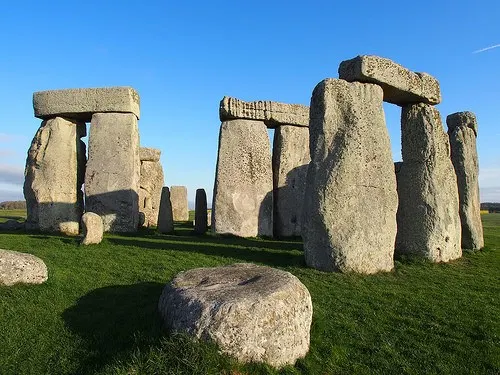
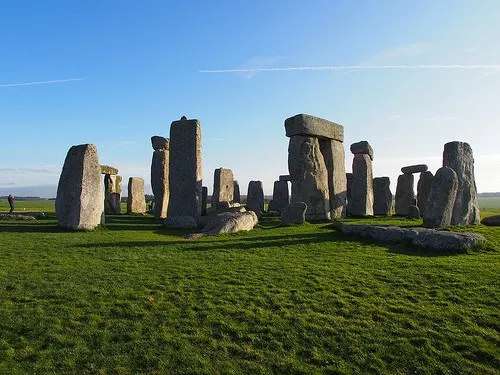
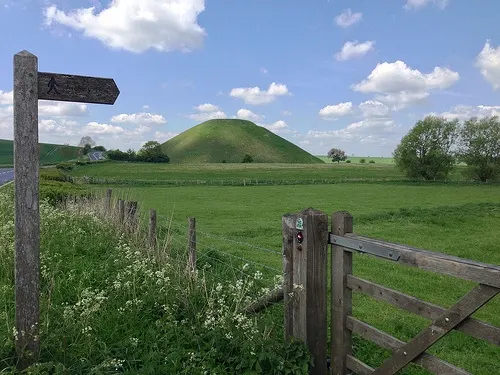
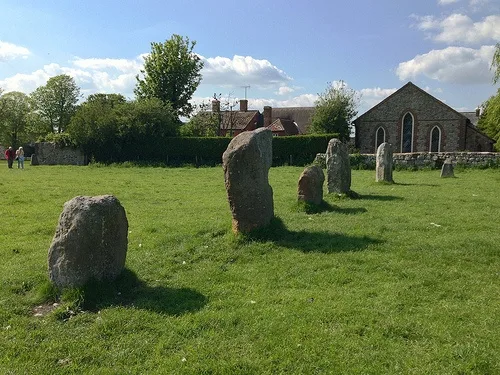
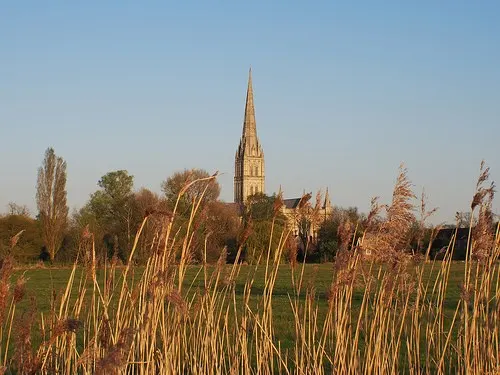
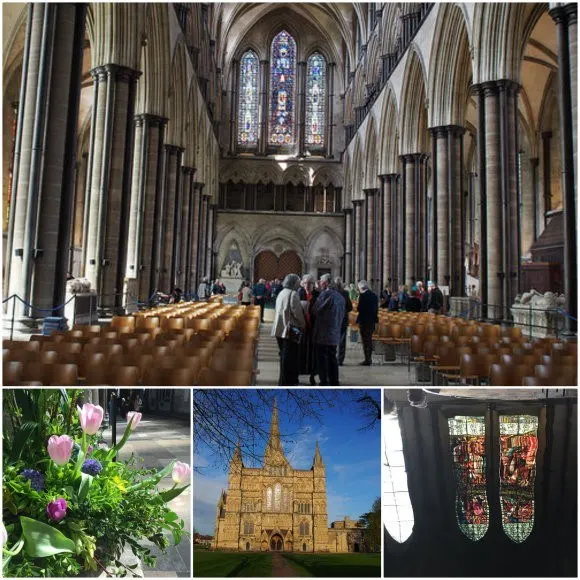
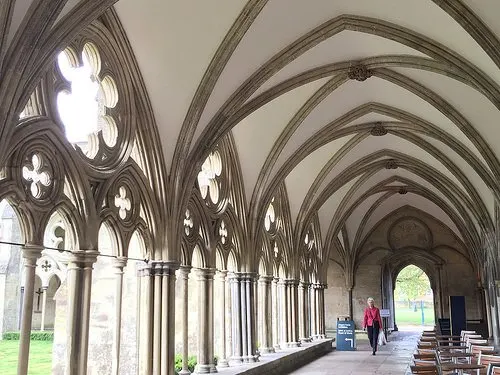
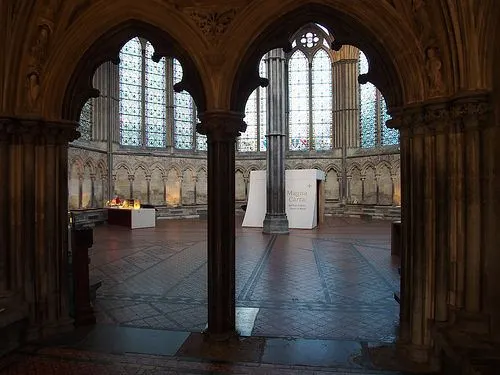
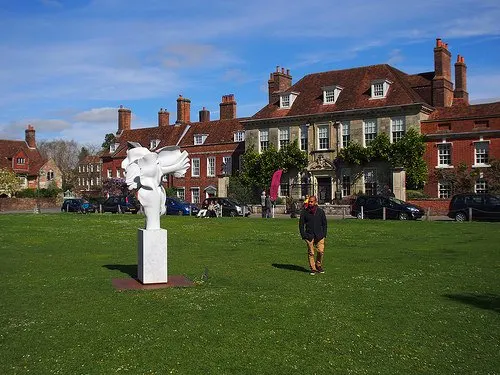
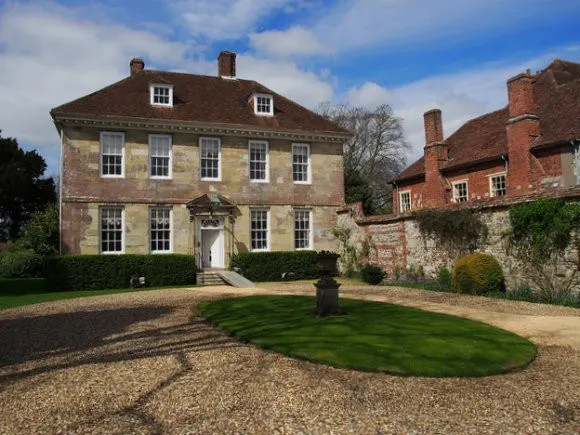
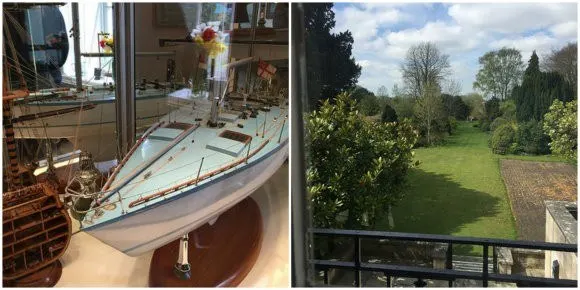
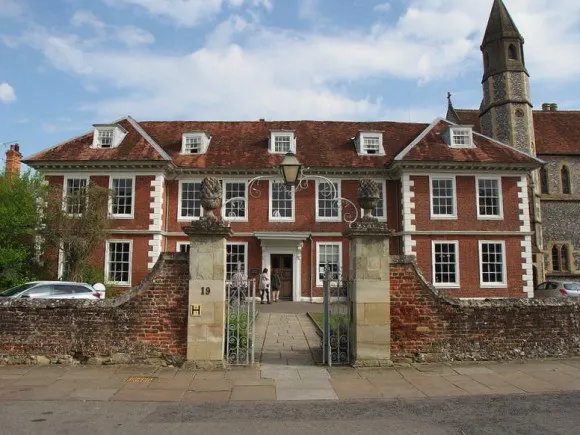
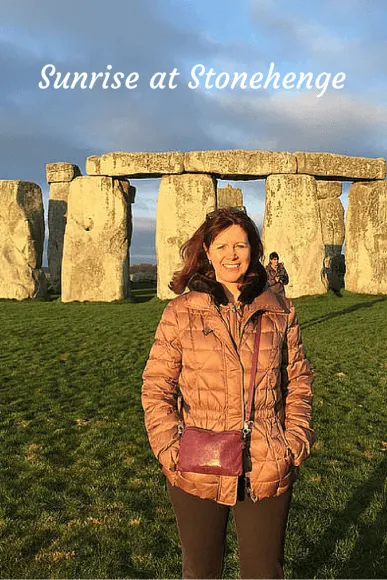

Mutlu
Thursday 20th of September 2018
hi, I did a similar trip in June. Seeing Stonehenge while the sun setting was amazing. When you are inside the circle you get that spiritual meaning of Stonehenge.
Heather Cowper
Thursday 27th of September 2018
@Mutlu It's a magical experience!
Christophe
Monday 18th of May 2015
These pictures are amazing and it gives motivation to travel. Salisbury's surroundings look really encouragingly!
Heather Cowper
Monday 18th of May 2015
@Christophe There's a lot more to see in the area beyond Stonehenge and Salisbury is really beautiful
Zoe Dawes
Thursday 30th of April 2015
Ooops I forgot http:// in my website address in previous comment! http://www.thequirkytraveller.com
Zoe Dawes
Thursday 30th of April 2015
What a wonderful evocation of our visit to Stonehenge Heather. As you say, it was a wonderful experience to see it a sunrise without the hordes - and Pat's humorous patter made it all the more enjoyable. Great summary of the things to see in and around Salisbury too. Be good to return to see more of wonderful Wiltshire :-)
Heather Cowper
Monday 4th of May 2015
@Zoe Thanks, yes it was a great experience to see Stonehenge without the crowds
Barbara Weibel
Sunday 26th of April 2015
Very cool that you got to walk among the stones, Heather. I'll have to come back one day and do that, if I can get up early enough!
Heather Cowper
Sunday 26th of April 2015
@Barbara It was a fun experience but I still think Avebury is a more personal experience